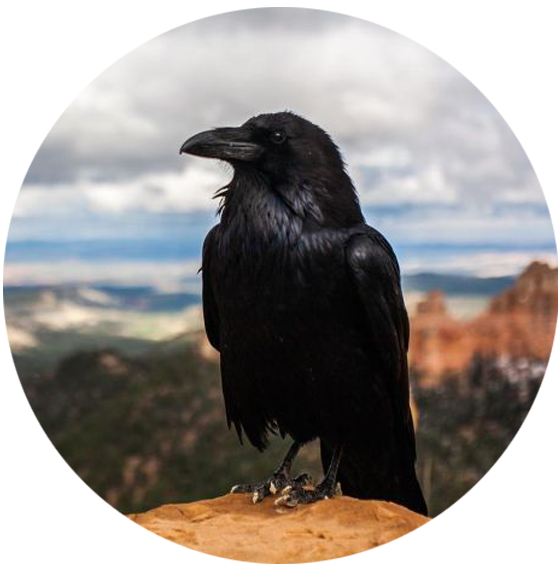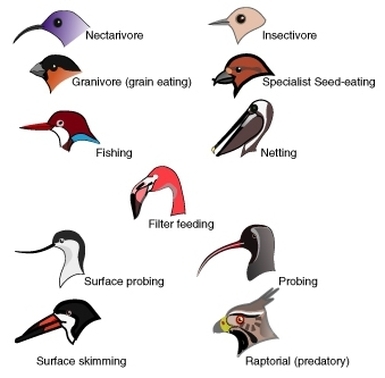
Many species annually migrate great distances, and many more perform shorter irregular movements. Birds are social, communicating with visual signals, calls, and songs, and participating in such social behaviours as cooperative breeding and hunting, flocking, and mobbing of predators. The vast majority of bird species are socially monogamous, usually for one breeding season at a time, sometimes for years, but rarely for life. Other species have polygynous (“many females”) or, rarely, polyandrous (“many males”) breeding systems. Eggs are usually laid in a nest and incubated by the parents. Most birds have an extended period of parental care after hatching.
Diet and feeding
Birds’ diets are varied and often include nectar, fruit, plants, seeds, carrion, and various small animals, including other birds. Because birds have no teeth, their digestive system is adapted to process unmasticated food items that are swallowed whole.
Birds that employ many strategies to obtain food or feed on a variety of food items are called generalists, while others that concentrate time and effort on specific food items or have a single strategy to obtain food are considered specialists. Birds’ feeding strategies vary by species. Many birds glean for insects, invertebrates, fruit, or seeds. Some hunt insects by suddenly attacking from a branch. Those species that seek pest insects are considered beneficial ‘biological control agents’ and their presence encouraged in biological pest control programs. Nectar feeders such as hummingbirds, sunbirds, lories, and lorikeets amongst others have specially adapted brushy tongues and in many cases bills designed to fit co-adapted flowers. Kiwis and shorebirds with long bills probe for invertebrates; shorebirds’ varied bill lengths and feeding methods result in the separation of ecological niches. Loons, diving ducks, penguins and auks pursue their prey underwater, using their wings or feet for propulsion, while aerial predators such as sulids, kingfishers and terns plunge dive after their prey. Flamingos, three species of prion, and some ducks are filter feeders. Geese and dabbling ducks are primarily grazers.
Some species, including frigatebirds, gulls,and skuas,engage in kleptoparasitism, stealing food items from other birds. Kleptoparasitism is thought to be a supplement to food obtained by hunting, rather than a significant part of any species’ diet; a study of great frigatebirds stealing from masked boobies estimated that the frigatebirds stole at most 40% of their food and on average stole only 5%.Other birds are scavengers; some of these, like vultures, are specialised carrion eaters, while others, like gulls, corvids, or other birds of prey, are opportunists.
Relationship with humans
Since birds are highly visible and common animals, humans have had a relationship with them since the dawn of man. Sometimes, these relationships are mutualistic, like the cooperative honey-gathering among honeyguides and African peoples such as the Borana. Other times, they may be commensal, as when species such as the house sparrow have benefited from human activities. Several bird species have become commercially significant agricultural pests, and some pose an aviation hazard. Human activities can also be detrimental, and have threatened numerous bird species with extinction (hunting, avian lead poisoning, pesticides, roadkill, and predation by pet cats and dogs are common sources of death for birds).
Birds can act as vectors for spreading diseases such as psittacosis, salmonellosis, campylobacteriosis, mycobacteriosis (avian tuberculosis), avian influenza (bird flu), giardiasis, and cryptosporidiosis over long distances. Some of these are zoonotic diseases that can also be transmitted to humans.



